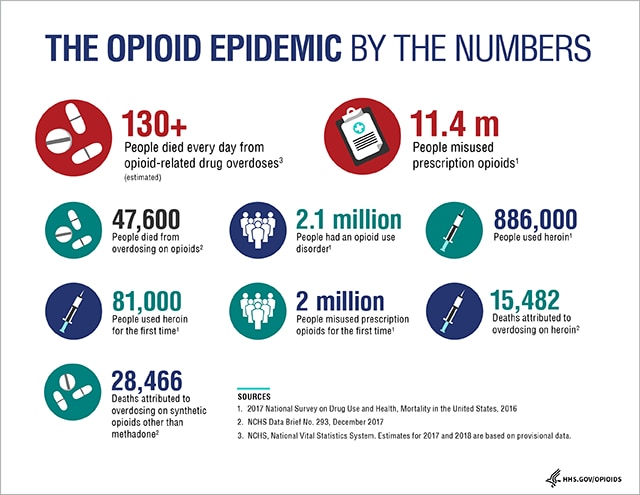Children are often called the hidden casualties of the opioid epidemic. They carry a lot of secrets and shame.
The majority of children at Camp Mariposa in Dayton, Ohio, have parents who are addicted to opioids. The nonprofit group Eluna runs camps in 13 states, many of them in areas hardest hit by the opioid crisis. All of these children have experienced trauma, sometimes abuse and neglect, and a growing number are in foster care. These children often struggle to reconcile the loving parents they remember with who they have become.
The majority of children at Camp Mariposa in Dayton, Ohio, have parents who are addicted to opioids. The nonprofit group Eluna runs camps in 13 states, many of them in areas hardest hit by the opioid crisis. All of these children have experienced trauma, sometimes abuse and neglect, and a growing number are in foster care. These children often struggle to reconcile the loving parents they remember with who they have become.
One of them is 8-year-old C.
Take a few minutes to learn their stories and hear their pain. To read this touching and heart-wrenching article, click here.










